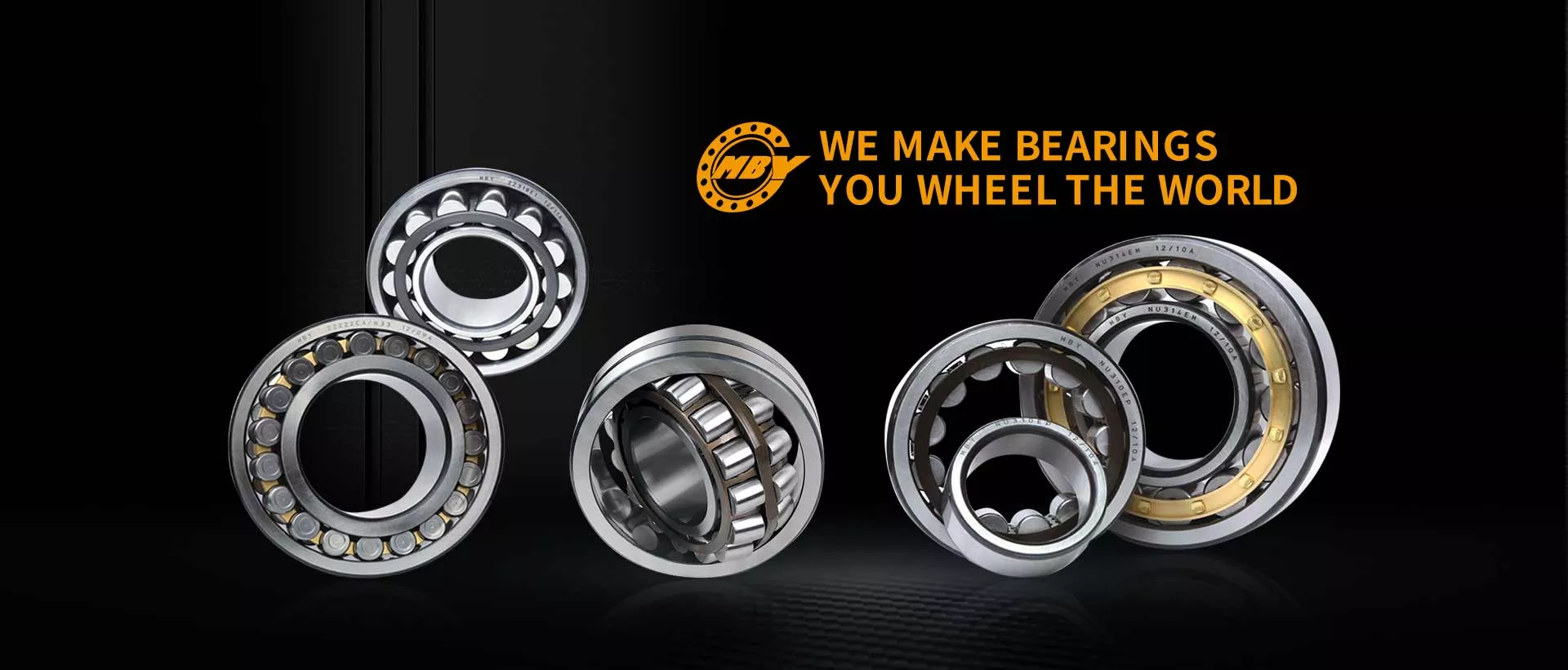TOP 8 Common Questions About Needle Roller Bearings
Needle roller bearings are essential components used in various applications, including automotive, industrial, and aerospace fields. They are known for their high load-carrying capacity and compact design, making them ideal for situations where space is limited and heavy loads need to be supported. However, despite their prevalence, many people still have questions about needle roller bearings. In this article, we will address the top 8 common questions about needle roller bearings to provide a better understanding of their characteristics, applications, and maintenance.
What are needle roller bearings, and how do they work?
Needle roller bearings are a type of roller bearings that use long, thin cylindrical rollers instead of balls to reduce friction and support radial loads. The design of needle roller bearings allows them to have a high load-carrying capacity while occupying minimal space. These bearings work by distributing the load evenly across the length of the rollers, which minimizes stress concentration and enhances their performance.
Where are needle roller bearings commonly used?
Needle roller bearings find applications in various industries due to their unique properties. Some common uses include automotive transmissions, powertrain systems, industrial machinery, printing presses, and aerospace equipment. They are particularly valuable in scenarios with limited radial space and high-load requirements.
What advantages do needle roller bearings offer over other bearing types?
Needle roller bearings offer several advantages over other types of bearings. Their primary benefits include:
- a. High Load Capacity: Needle roller bearings can handle heavy radial loads, making them suitable for demanding applications.
- b. Space-Saving Design: Their compact size allows engineers to use them in tight spaces.
- c. Reduced Friction: The cylindrical roller design minimizes contact area, resulting in lower friction and improved efficiency.
- d. Cost-Effectiveness: Needle roller bearings often offer a cost-effective solution due to their durability and performance.
What factors should be considered when selecting a needle roller bearing?
When selecting a needle roller bearing, it is essential to consider several factors:
a. Load Capacity: Determine the maximum load the bearing will encounter in its application.
b. Speed Rating: Consider the bearing’s maximum rotational speed to ensure it can handle the required RPM.
c. Radial Clearance: Choose the appropriate clearance to accommodate thermal expansion and other variations.
d. Lubrication: Select the suitable lubrication method for the application to enhance bearing life.
e. Mounting and Installation: Ensure the bearing’s design aligns with the application’s mounting requirements.
What is the importance of proper lubrication for needle roller bearings?
Proper lubrication is critical for the performance and longevity of needle roller bearings. Lubrication reduces friction and prevents metal-to-metal contact between the rolling elements and races. It helps dissipate heat and protects against wear and corrosion. Regular lubrication maintenance ensures smooth operation and prevents premature bearing failure.
How to handle needle roller bearings safely during installation?
During installation, needle roller bearings should be handled with care to avoid damage or contamination. Follow these steps for safe installation:
a. Keep the bearings in their original packaging until ready for use.
b. Use clean tools and work in a clean environment to prevent contamination.
c. Apply a thin layer of appropriate lubricant to the bearing surfaces.
d. Ensure proper alignment during installation to prevent misalignment-induced damage.
How can one extend the lifespan of needle roller bearings?
To extend the lifespan of needle roller bearings, proper maintenance and handling practices are crucial. Here are some tips to consider:
a. Regular Lubrication: Follow the manufacturer’s guidelines for lubrication intervals and use the recommended lubricant.
b. Monitoring: Monitor the bearing’s performance regularly to detect early signs of wear or damage.
c. Correct Mounting: Ensure the bearing is mounted correctly, avoiding misalignment or excessive preload.
d. Environmental Protection: Protect the bearings from contamination and harsh operating conditions.
e. Replacement: Replace the bearing when it reaches the end of its service life, rather than attempting repairs.
Can needle roller bearings handle axial loads?
While needle roller bearings are primarily designed for radial loads, some types can also support limited axial loads. Thrust needle roller bearings, for example, are specifically designed to handle axial loads and provide axial rigidity. However, it is essential to consult the manufacturer’s specifications to determine the bearing’s axial load capacity and suitability for a particular application.
Conclusion:
Needle roller bearings are versatile components widely used in various industries due to their high load-carrying capacity and space-saving design. By understanding their features, applications, and maintenance requirements, engineers and users can make informed decisions and ensure optimal performance and longevity of these essential bearings. Proper selection, handling, and maintenance practices will lead to reliable and efficient operation in diverse industrial scenarios.







